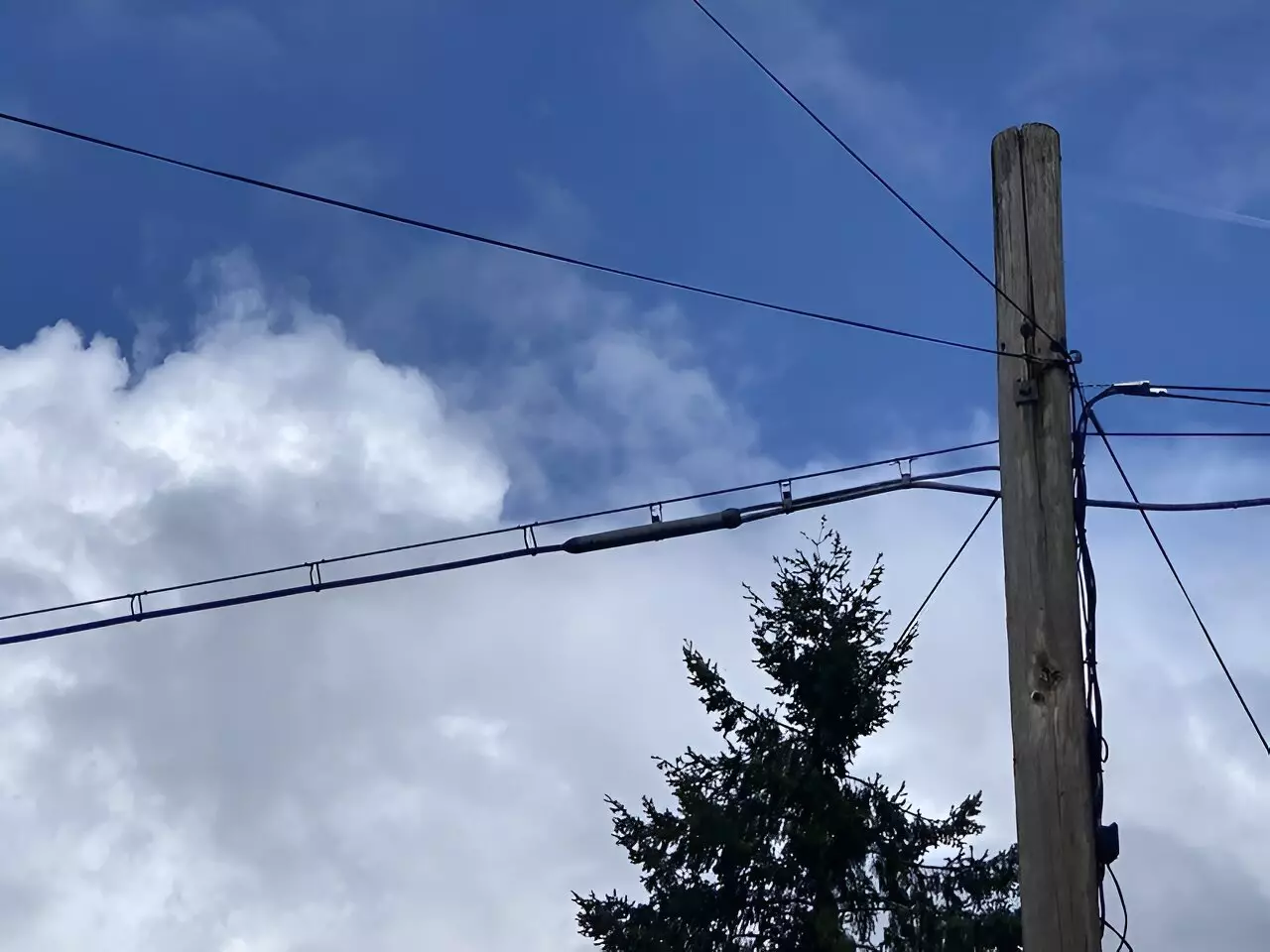Lead levels in moss samples collected from older urban neighborhoods in Portland, Oregon, have been found to be significantly higher compared to nearby rural areas. A recent study conducted by Alyssa Shiel, an environmental geochemist at Oregon State University, sheds light on the potential health risks associated with lead exposure in these communities. The presence of lead-sheathed telecommunication cables in these pre-1960 neighborhoods has been identified as a key contributing factor to the elevated lead levels in the environment.
Lead is a highly toxic metal, and exposure to lead can have serious health implications, especially for children. Developmental delays, learning difficulties, and behavioral issues are just some of the potential consequences of lead exposure. The results of the study have raised concerns about the possible health risks faced by residents of these older neighborhoods where lead levels in moss are as high as 600 times greater than in rural areas.
The study aimed to better understand the sources of urban lead levels and assess the extent of potential exposure. Samples of moss collected from urban and rural areas in Portland revealed a substantial difference in lead concentrations, with urban areas showing nearly 12 times higher levels of lead compared to rural areas. The analysis indicated that leaded gasoline, despite being banned in the U.S. decades ago, continues to be a significant source of lead contamination in the environment.
In older neighborhoods where lead-sheathed telecommunication cables were once used, the presence of these cables has been linked to significantly higher lead levels in the environment. The study found that neighborhoods with lead cables had over two times the lead levels of those without such cables, highlighting the potential impact of these outdated infrastructures on lead contamination. The researchers hypothesize that lead from the cables may be leaching into the soil and vegetation over time, resulting in elevated lead levels in moss samples.
The findings of the study have raised concerns about potential health risks associated with lead exposure in these communities. Further research is needed to determine the extent of lead migration from the cables and its impact on air quality. In the meantime, residents are advised to avoid interacting with or disturbing soil in areas where lead cables are present or have been removed recently. Alyssa Shiel has developed a website to help residents identify if their neighborhood has these cables and access information on potential lead contamination and how to minimize the risk of exposure.
While the study emphasizes the impact of lead-sheathed cables on lead contamination, it is essential not to overlook other sources of lead exposure. Household dust and soil containing lead from lead-based paints are identified as the most common sources of lead poisoning in the U.S. Adequate testing for lead exposure, especially in children, is crucial to preventing potential health risks associated with lead contamination. Parents are encouraged to discuss lead testing with their child’s health provider to ensure early detection of lead poisoning.
The study highlights the significant impact of lead-sheathed telecommunication cables on lead contamination in urban environments and the potential health risks associated with elevated lead levels. Further research and preventive measures are necessary to address these concerns and minimize exposure to lead in high-risk areas. Collaborative efforts between researchers, policymakers, and residents are essential to safeguarding public health and mitigating the risks associated with lead exposure.


Leave a Reply